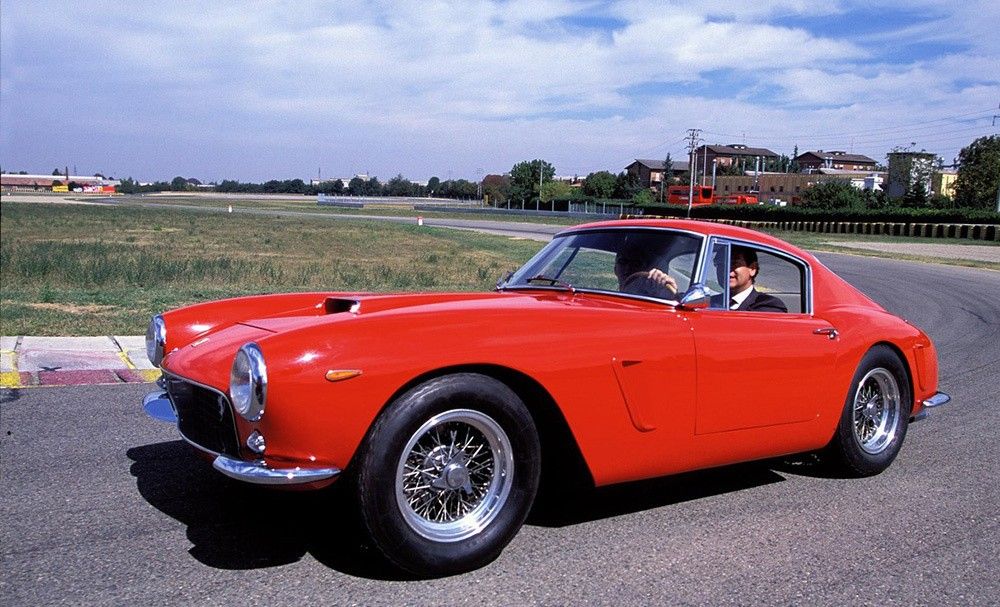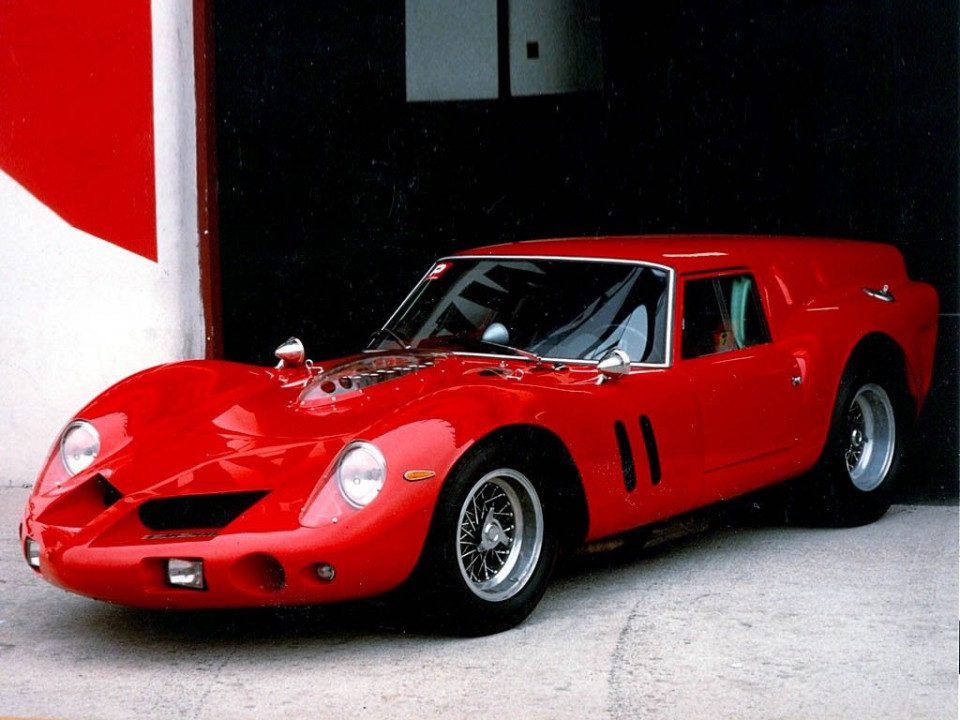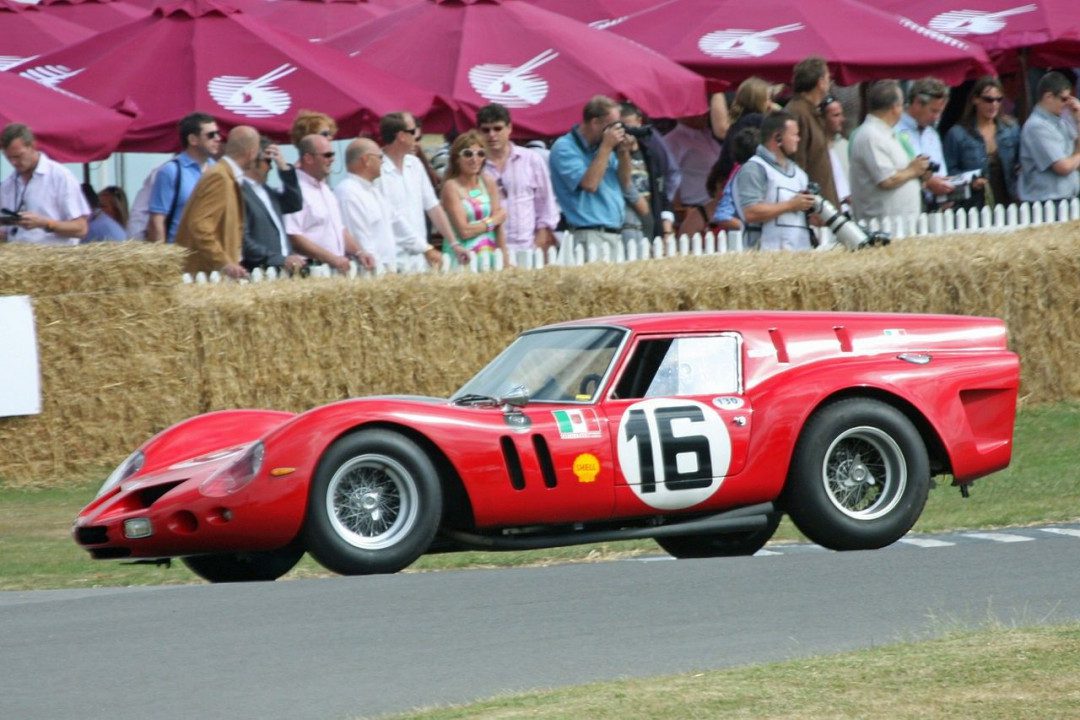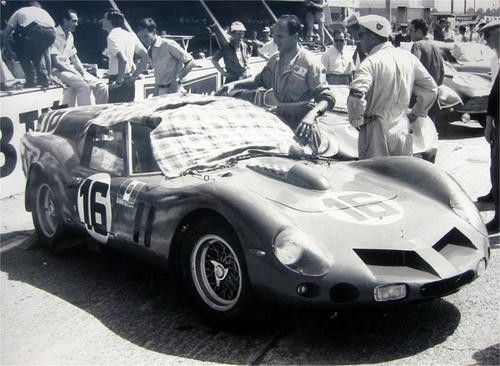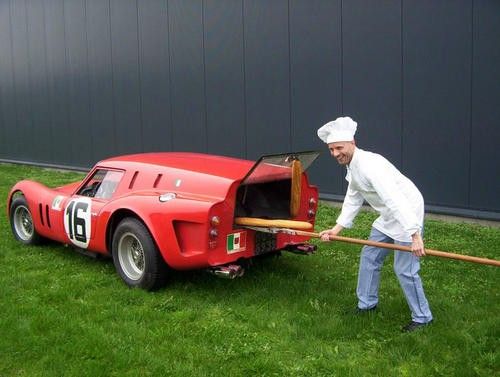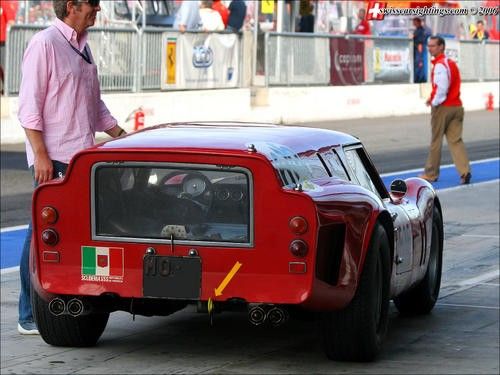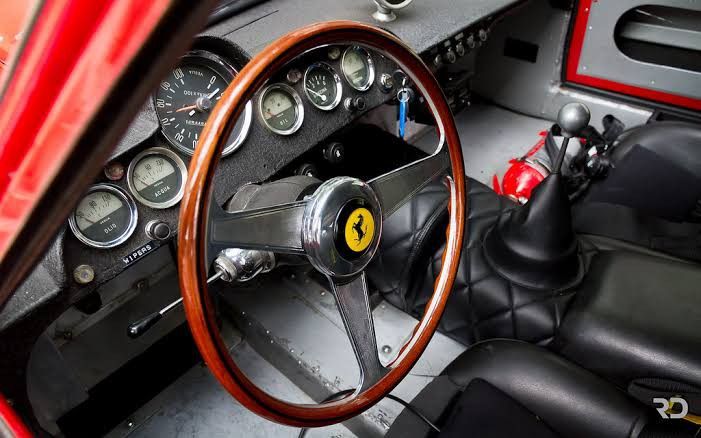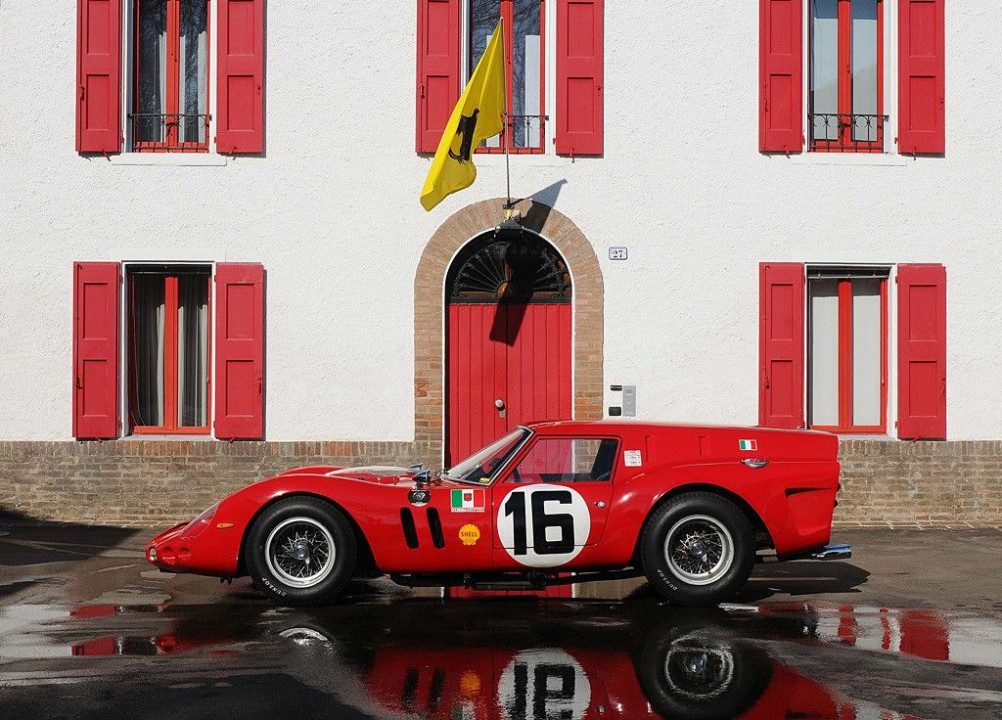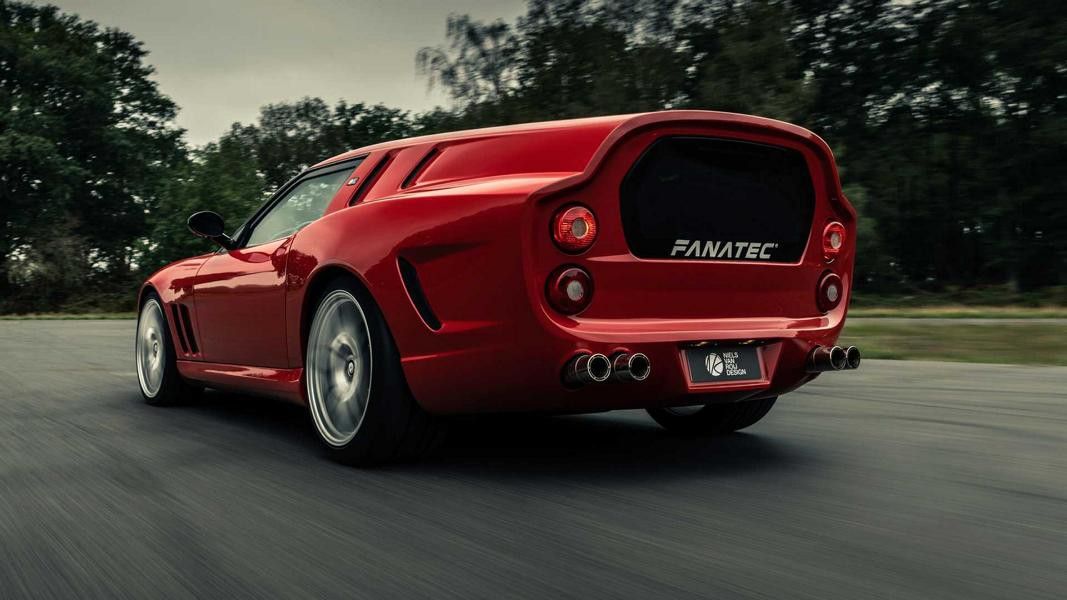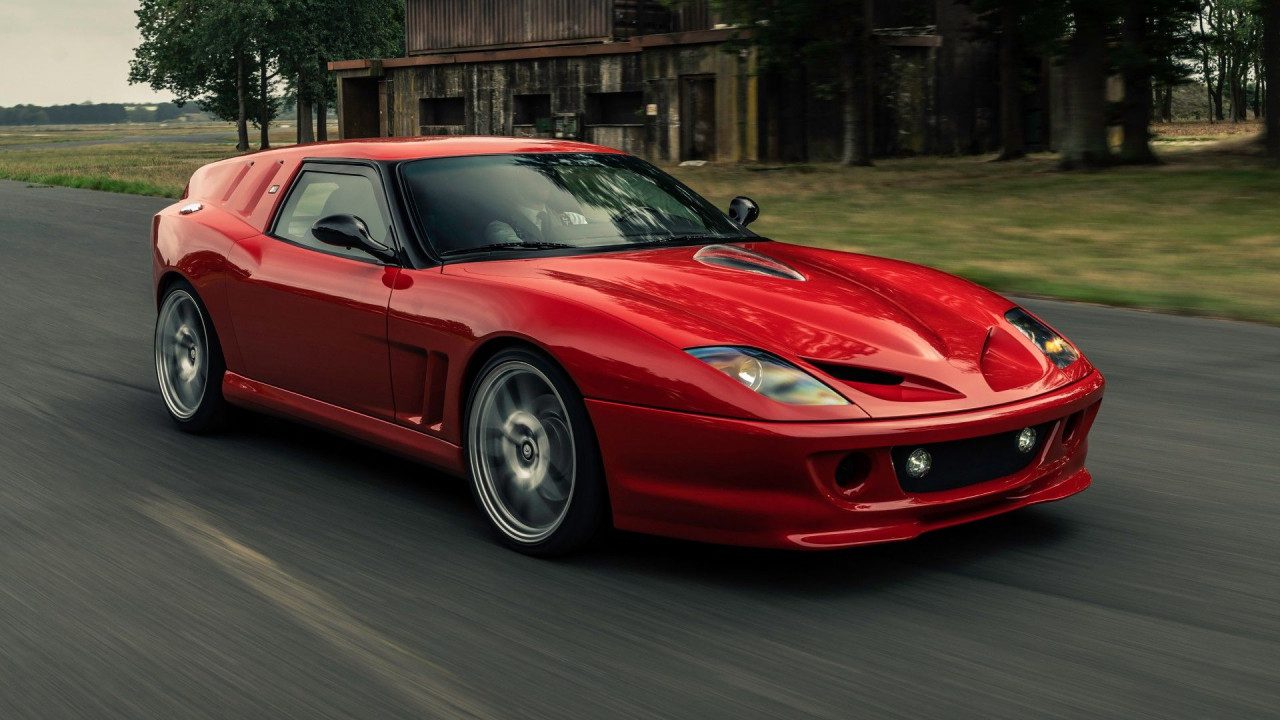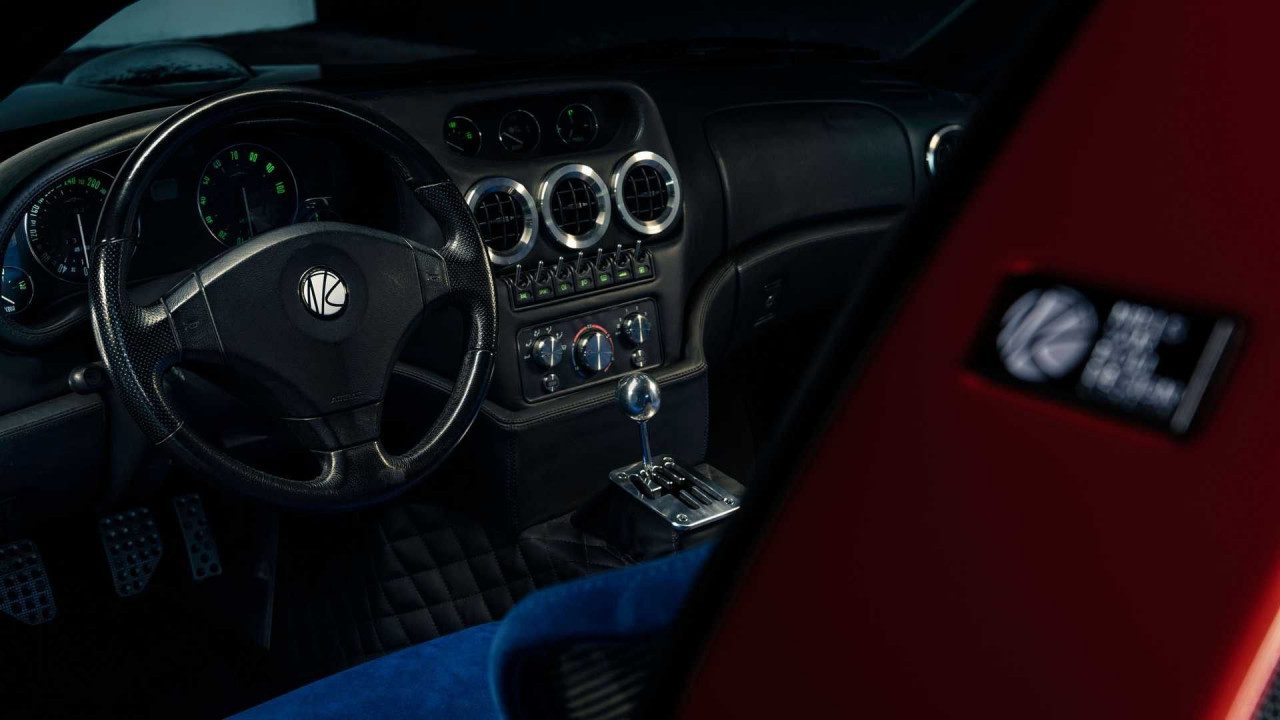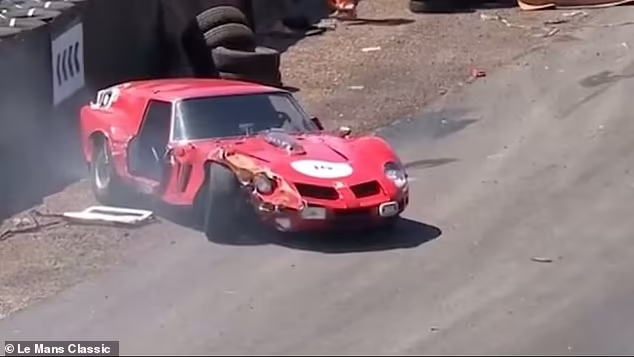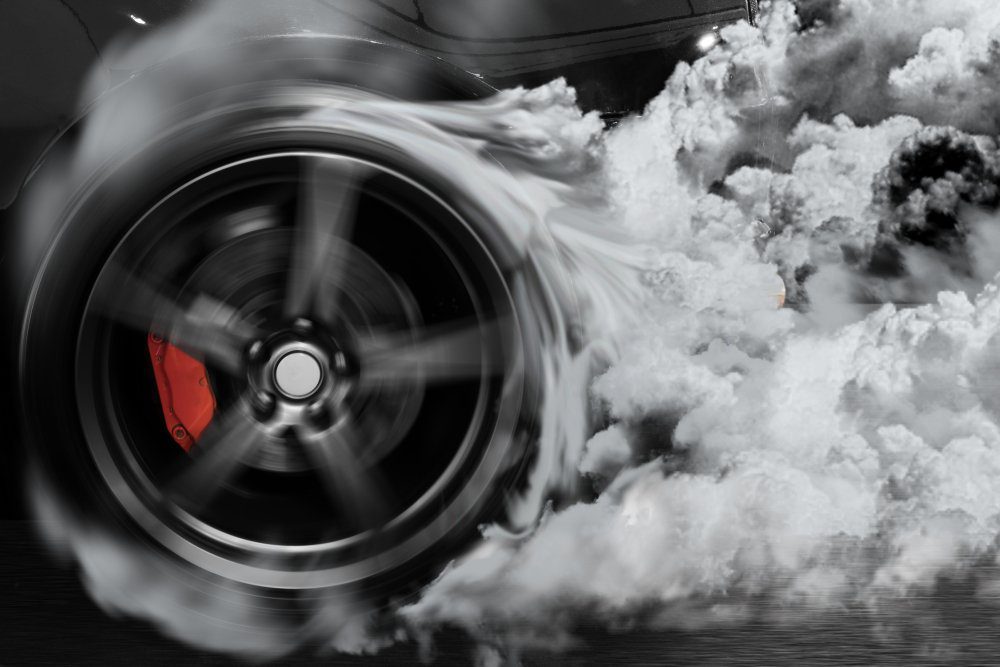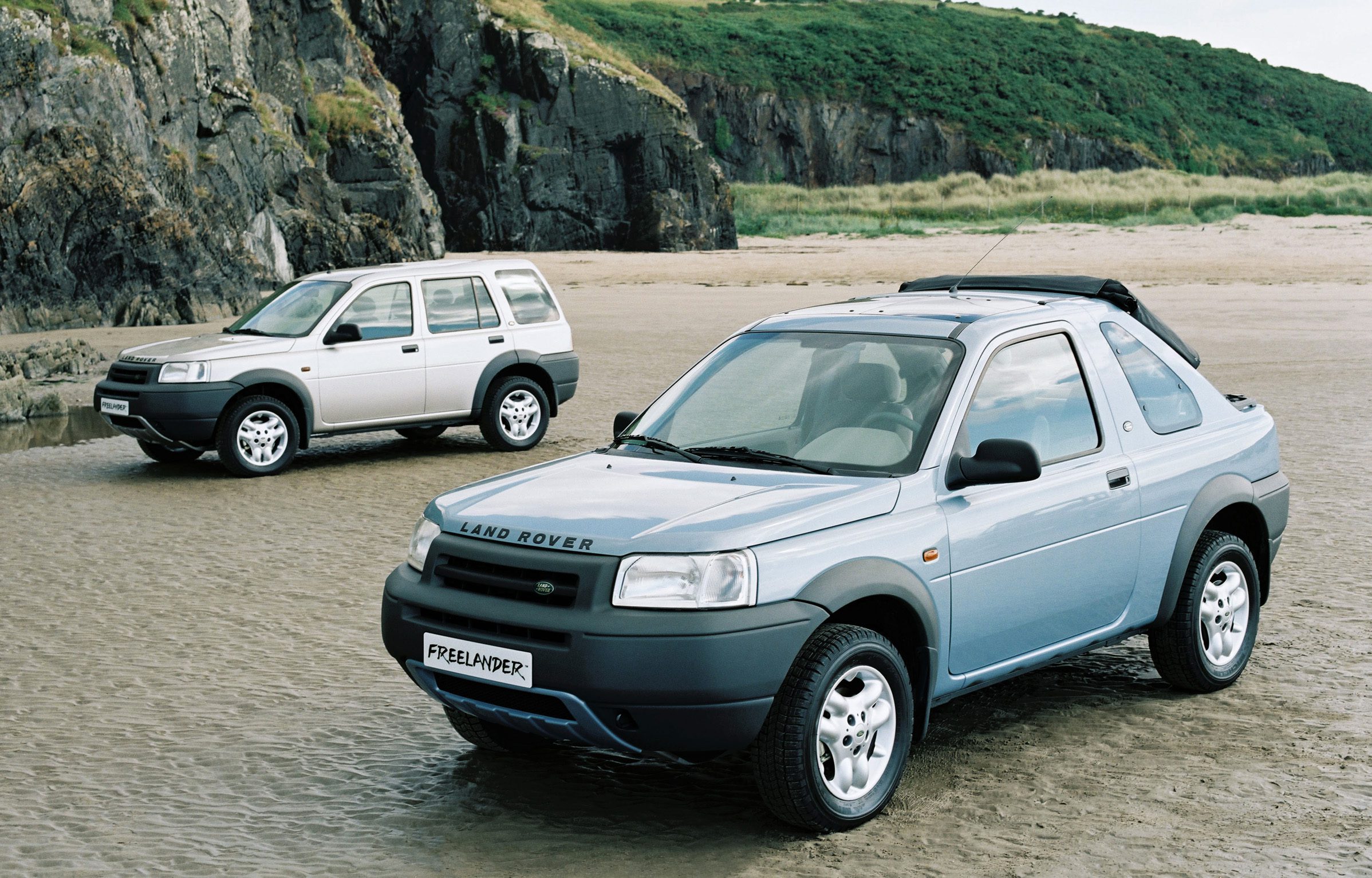Ferrari 250 GT Berlinetta passo corto chassis 2819 “Breadvan” (1962)
An incredible machine built out of a feud between 2 influential people.
Ferrari 250 GT Berlinetta passo corto chassis 2819 “Breadvan” (1962): The Ferrari 250 GT SWB Breadvan is a one-off Ferrari made in 1962 from a 1961 Ferrari 250 GT SWB, chassis 2819 GT. It was the brainchild of Giotto Bizzarrini & Piero Drogo built to compete against the new 1962 Ferrari 250 GTO at the 24 Hours of Le Mans and other FIA World Sportscar Championship races.
The Breadvan is a unique model. The car left the factory in Maranello in 1961 as a 250 GT Berlinetta passo corto SWB (short wheelbase) “Competizione”, participating the same year in the Tour de France with Gendebien & Bianchi, before it was bought by Count Volpi di Misurata, who fielded it in the 1,000 km of Paris with Trintignant and Vaccarella with the Scuderia Serenissima.
In 1962, the engineer Giotto Bizzarrini was hired by Count Giovanni Volpi, owner of the Scuderia Serenissima racing team, to upgrade a Ferrari 250 GT SWB so it would be competitive with the then-new Ferrari 250 GTO. Enzo Ferrari had refused to sell any GTOs to Count Volpi, due to Volpi’s hiring of former Ferrari employees at ATS (Average arrogance of Enzo).
The donor car for this project was a 250 GT SWB Competition, serial number 2819 GT. This car had previously competed in the 1961 Tour de France, where it took 2nd place overall driven by Olivier Gendebien and Lucien Bianchi. The car was sold by Gendebien to Volpi shortly afterward for use with Scuderia Serenissima. As with other competition-spec SWBs, this car had a lightweight body and chassis, minimal trim, and a more powerful 3L Tipo 168 SOHC, 2 Valves per Cylinder NA V12 making 292BHP with Testarossa-type heads, it’s power to weight ratio was 312.3BHP per tonne.
Bizzarrini applied all the ideas he had developed working on the GTO and together with the car body specialist Piero Drogo developed an aerodynamically advanced body, even lower than the GTO’s, with the roof line dramatically extended to the rear end following Kamm aerodynamic theory. (A Kammback also known as a Kamm tail or K-tail is an automotive styling where the rear of the car slopes downwards before being abruptly cut off with a vertical or near-vertical surface it minimizes drag, thus improving efficiency & fuel consumption, while maintaining a practical shape for a vehicle, it is named after German aerodynamicist Wunibald Kamm for his work developing the design in the 1930s.)
The resulting shooting-brake appearance led to the French press nicknaming it “La Camionnette” (little truck), while the English journalists called it the “Breadvan.” The frame was Aluminum over Steel Tube Frame. The steering was Worm & Wheel mechanism, suspension was Double Wishbones with Coil Springs in front & Live Axle w/Leaf Springs in the rear with disc brakes in front & rear. Tyres used were Dunlop Racing 600 L 15 & 650 L 15.
Bizzarrini moved the engine and radiator further back to the center of the chassis than the GTO, and lowered it by fitting a dry sump system. The original three 46 DCN Weber carburettors were replaced with 6 twin choke 38 DCN Webers. The original 4-speed gearbox was retained. Giorgio Neri and Luciano Bonacini of Modena were contracted to perform all the mechanical modifications and race preparation.
The resulting car was significantly lighter than the GTO, at 935kg compared to the typical GTO weight of 1,000kg. (Weber carburettors were fitted to standard production cars & factory racing cars from brands such as Abarth, Alfa Romeo, Aston Martin, BMW, Chrysler, Ferrari, Fiat, Ford, Lamborghini, Lancia, Lotus, Maserati, Morgan, Porsche, Renault, Triumph, VW & IKA)
(IKA should not be confused with KIA.. IKA was Industrias Kaiser Argentina S.A. (mostly known for its acronym IKA) was an Argentine automobile manufacturer established in 1956 as a joint venture with Kaiser Motors of the United States. Headquartered in Santa Isabel, Córdoba, the automaker produced a variety of Kaiser Jeep vehicles and American Motors Corporation (AMC) models, including Argentina’s most iconic car, the Torino, before partnering with France’s Renault, which bought it out in 1970.)
The rebodied Breadvan made its competition debut at the 1962 24 Hours of Le Mans. It quickly passed all Ferrari GTOs and was 7th overall during the 4th hour when a driveshaft failure caused its retirement. Results at other races proved the design’s effectiveness, as the car won the GT class in two races during the 1962 season. The car’s last race in period was at the Coppa Gallenga Hillclimb in 1965, however since 1973 it has appeared regularly at historic races worldwide, including events such as the Monterey Historic Automobile Races, the Goodwood Festival of Speed and the Tour Auto.
The 250 GT SWB Breadvan’s unusual but effective aerodynamics proved the Kamm tail design that would be used on many other racing cars, including the Ford J-car and the Alfa Romeo Giulia TZ.
Following the success of the Breadvan, two additional 250 GT SWB cars (S/N 2053 GT and 2735 GT) were modified for privateer drivers by Bizzarrini, Drogo, Neri and Bonacini, distinctively bodied with similar shapes. A third modified Ferrari was planned but not completed. An Iso Rivolta, chassis number IR460368, was also rebodied by Drogo in a similar style to 2819 GT.
Similar shooting brake designs were used on later Ferrari concept cars and production cars such as the 456 GT Venice and the Ferrari FF.
On May 2010 Ferrari Bread Van Officially Recognized as a Ferrari Classic. Ferrari issued a special certificate of authenticity to the Ferrari ‘Breadvan’ racing car that recognizes it as a classic Ferrari although the modifications that turned it from 250 GT Berlinetta passo corto into the famous Ferrari Breadvan make it ineligible for the normal certificate.
In the 2015 edition of Goodwood Revival, which is a contemporary icon of Golden Era racing re-enactment, the Breadvan suffered a crash which damaged it’s front right portion and also losing it’s right headlight but it continued to race even after that it was being driven by Lukas Halusa
In 2018, Niels van Roij, car designer and coachbuilder, was commissioned to create an homage vehicle. A Ferrari 550 Maranello was the base vehicle. The design and realisation of the vehicle was documented and regularly released for public viewing by van Roij.
7 years after the Goodwood Crash on 4th July 2022 the Breadvan suffered another crash but this time it is a major one. This time too it was being driven by the same driver. Reportedly the driver lost control of the car and slammed the car into a tyre barrier. Again, the right portion of the car suffered damages and the right door fell off after the crash. As per news Ferrari may unbale to fix the car anymore.
Recommend0 recommendationsPublished in Opinion